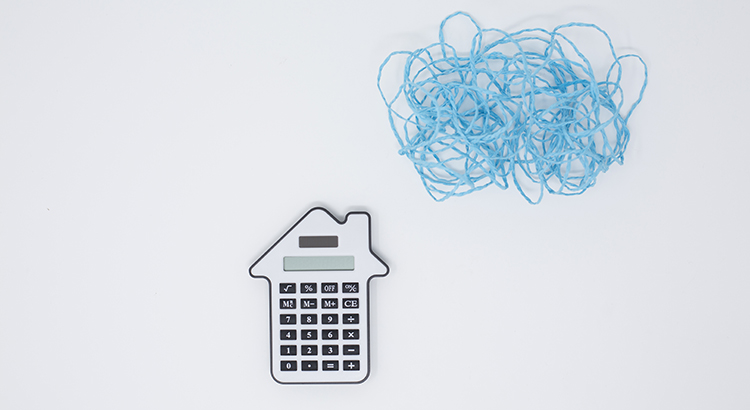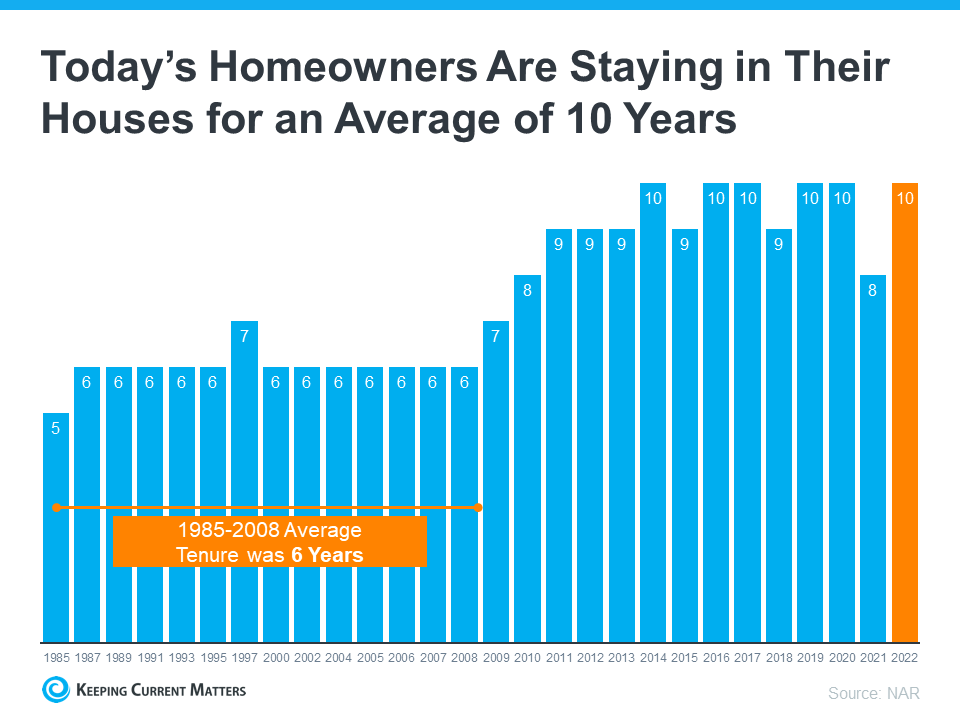2023
Is It Time To Sell Your Second Home?
During the pandemic, second homes became popular because of the rise in work-from-home flexibility. That’s because owning a second home,
Today’s Housing Market Is Nothing Like 15 Years Ago
There’s no doubt today’s housing market is very different than the frenzied one from the past couple of years. In
The Truth About Negative Home Equity Headlines
Home equity has been a hot topic in real estate news lately. And if you’ve been following along, you may
What Experts Are Saying About the 2023 Housing Market
If you’re thinking about buying or selling a home soon, you probably want to know what you can expect from
3 Best Practices for Selling Your House This Year
A new year brings with it the opportunity for new experiences. If that resonates with you because you’re considering making
Avoid the Rental Trap in 2023
If you’re a renter, you likely face an important decision every year: renew your current lease, start a new one,
Wondering How Much You Need To Save for a Down Payment?
If you’re getting ready to buy your first home, you’re likely focused on saving up for everything that purchase involves.









